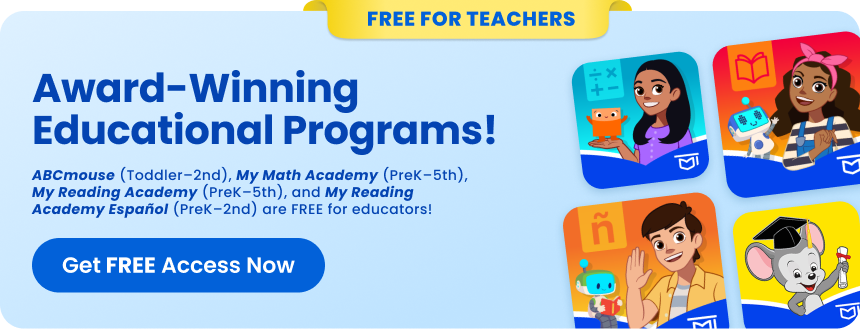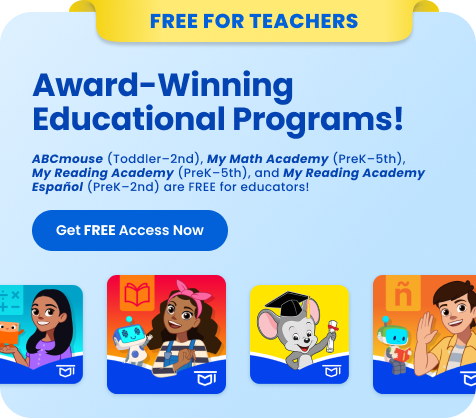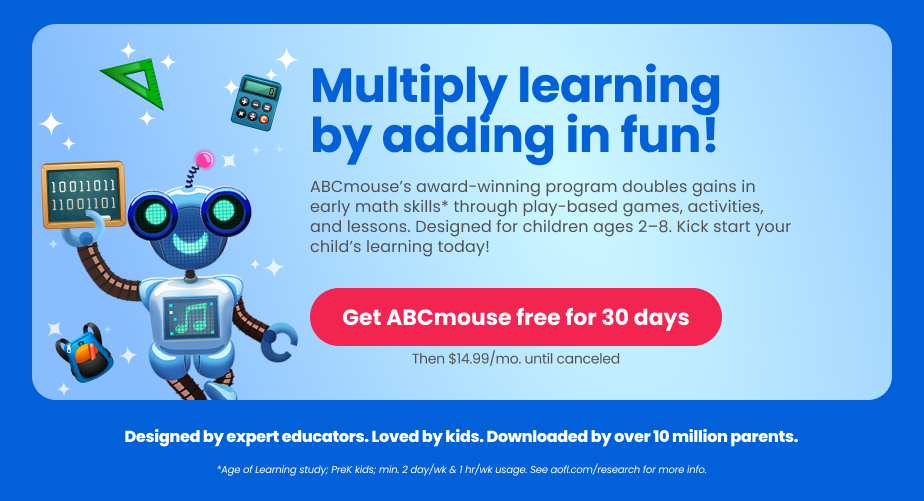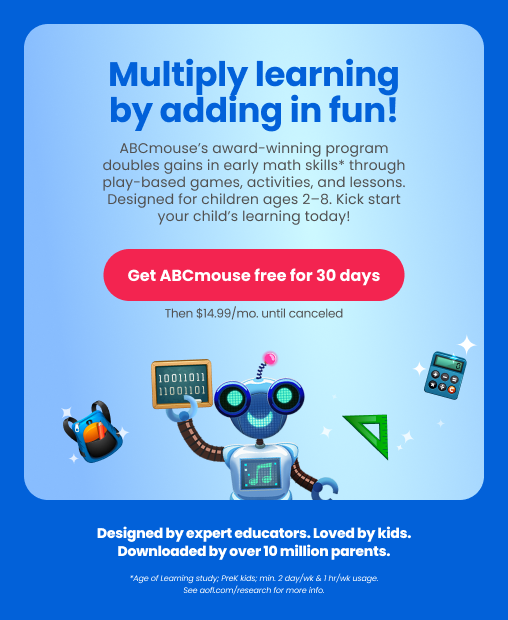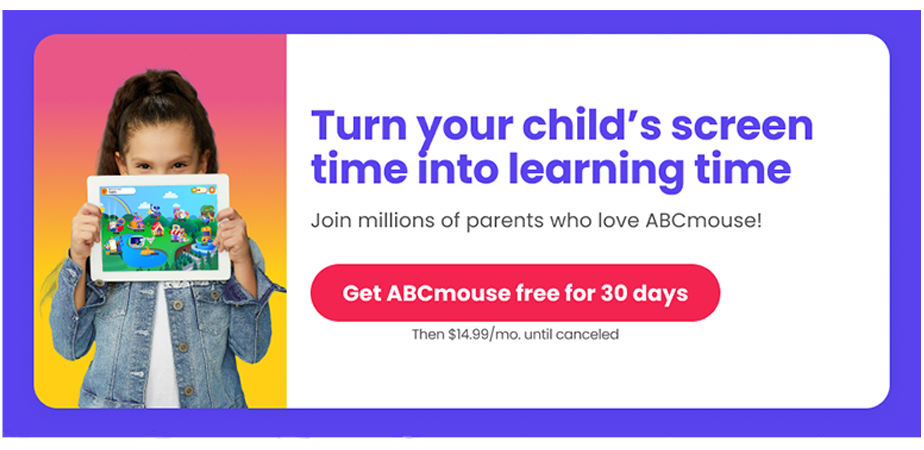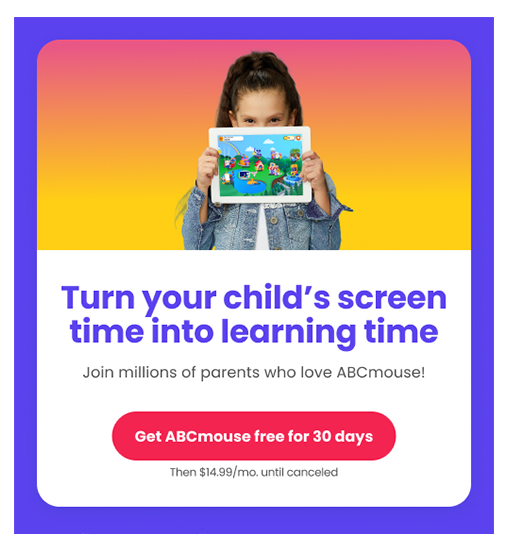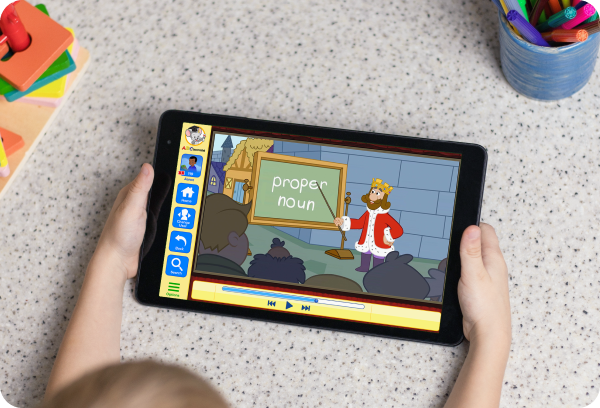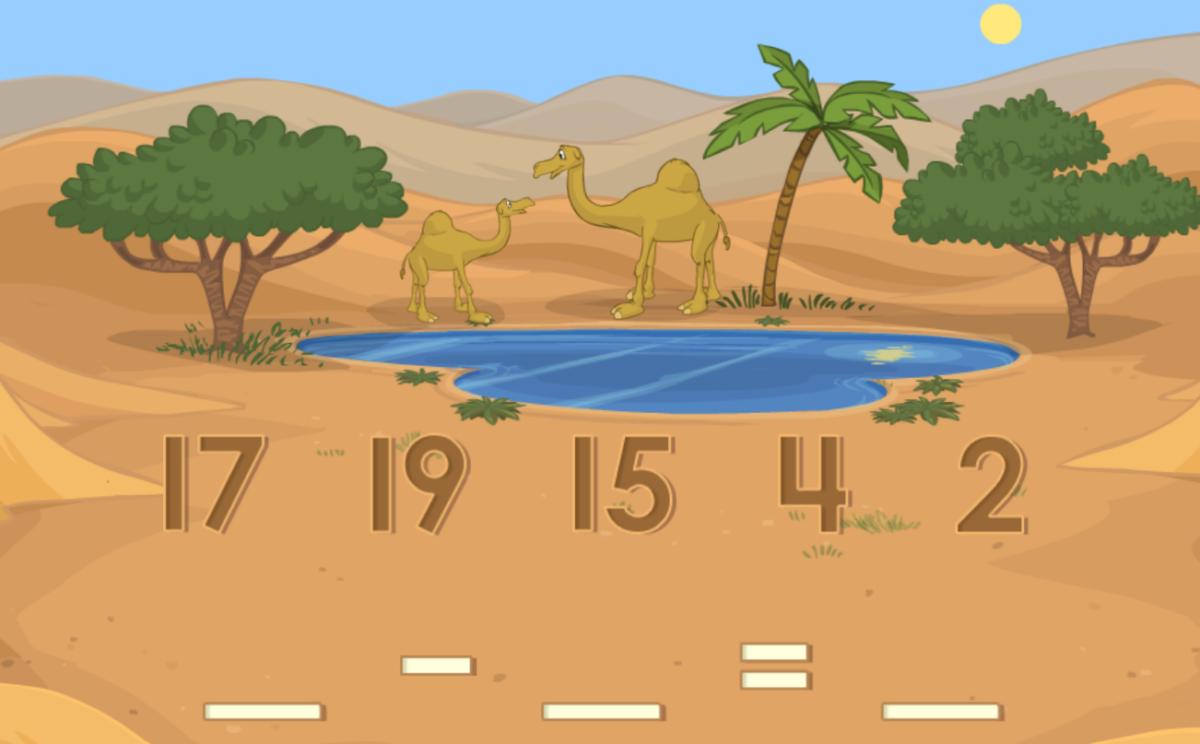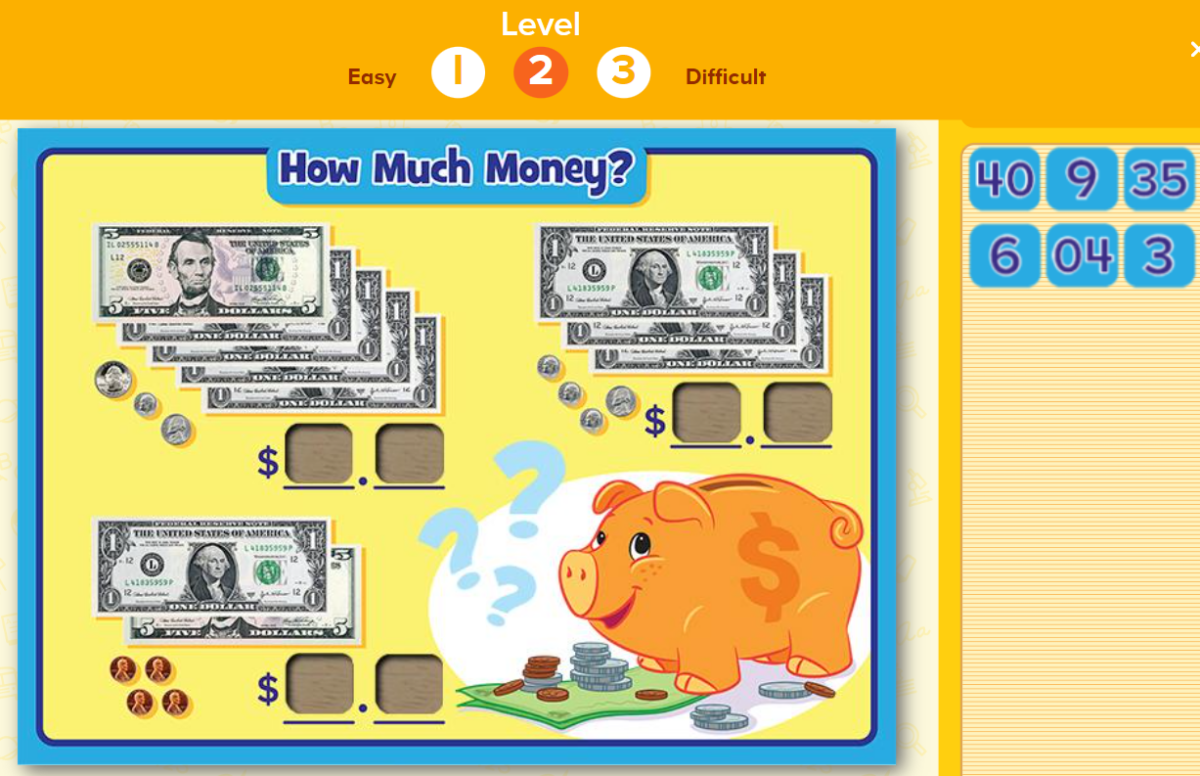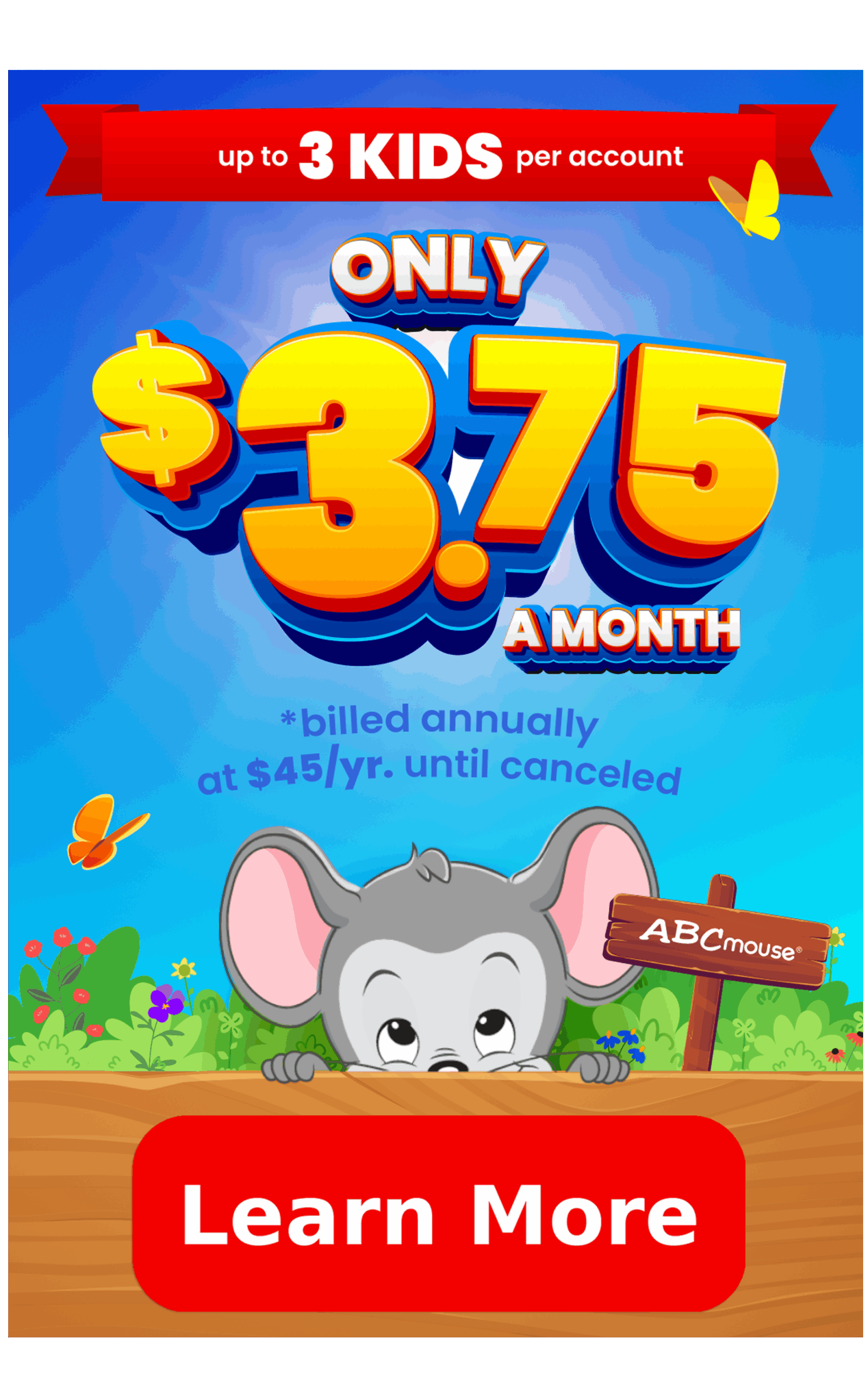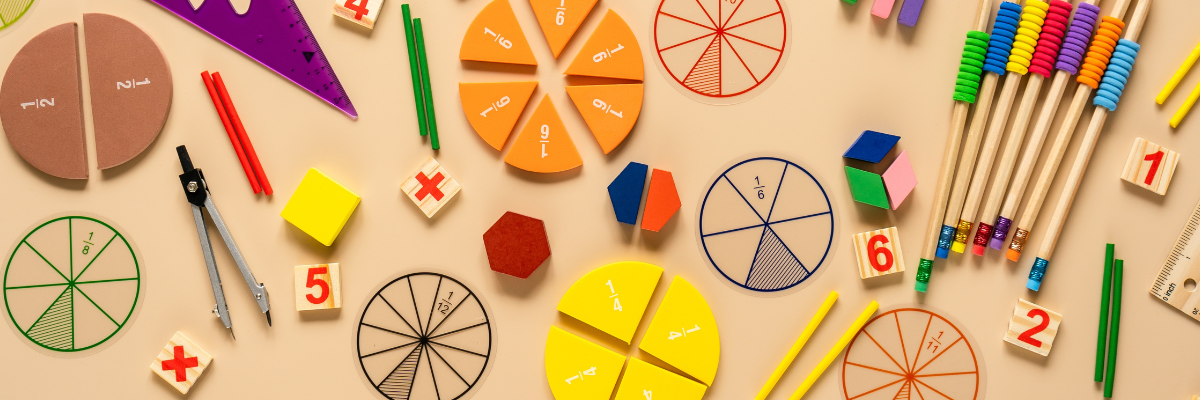
First Grade Math Concepts: What Your Child Will Learn + Fun Ways to Teach Them
Imagine your child, a new first grader, stepping into a classroom filled with the magic of numbers, shapes, and patterns. They’re leaving behind the simple counting and shape recognition of kindergarten and stepping into a world where addition and subtraction become part of their daily vocabulary.
As a parent, your role is to be their cheerleader and guide, turning math from a subject into a fun-filled adventure full of discovery and excitement.
Key Math Concepts for First Graders
First grade is a significant year for math learning as children start to work with larger numbers and explore new concepts. Here are some key areas to focus on:
Understanding Place Value
First graders should start understanding that two-digit numbers are made up of tens and ones. This can be introduced through activities that involve grouping objects into tens and ones.
These activities help to make abstract concepts tangible. This will help children visualize and comprehend the value of each digit in a number.
As students become more comfortable with place value, they develop a stronger foundation for understanding larger numbers and performing more complex mathematical operations in future grades.
Addition and Subtraction Within 20
Building on skills they gained in kindergarten, first graders are introduced to addition and subtraction within 20.
This stage is important for developing their arithmetic skills. They start by performing simple calculations and gradually move to more complex problems within the 20-number range.
It’s great to try various teaching strategies, such as using flashcards, number lines, or the concept of ‘making ten’, to enhance understanding and fluency in these operations.
These methods not only help in mastering basic calculations but also in developing mental math skills, an essential aspect of mathematical proficiency.
Understanding and Creating 2D and 3D Shapes
At this age, children should be able to identify and describe common 2D shapes (like squares, rectangles, and triangles) and 3D shapes (like cubes, spheres, and cylinders). They should also start drawing 2D shapes and building 3D shapes using materials like clay or building blocks.
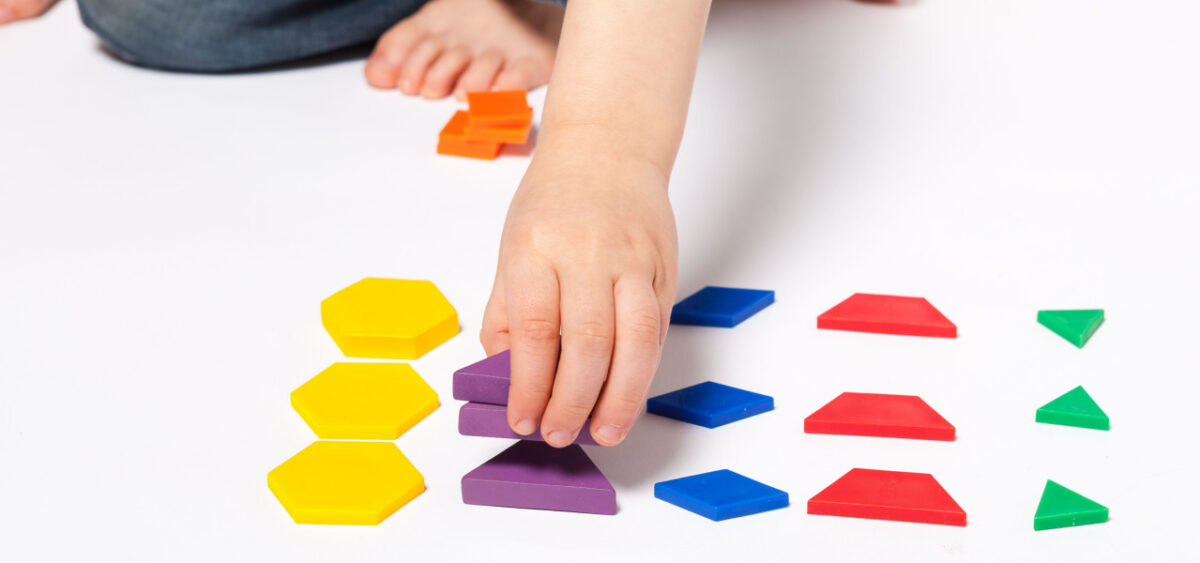
Telling Time to the Hour and Half-Hour
First graders begin to learn the concept of time, starting with reading the hour and half-hour marks on both analog and digital clocks.
Understanding time involves comprehending the movement of the hour and minute hands on an analog clock, as well as reading time on digital displays. Teaching time also incorporates basic concepts of the passage of time and time management, skills that are beneficial both in and out of the classroom.
Understanding Basic Fractions
While formal operations with fractions are usually introduced in later grades, first graders start to get a feel for the concept of fractions. This early exposure involves understanding a whole as being divisible into parts.
Activities such as dividing objects or sharing items equally among a group help illustrate this concept. These activities provide a foundational understanding of fractions, preparing students for more complex fraction operations in the future. By grasping the basic idea of parts making up a whole, students begin to develop an intuitive sense of division and proportion.
5 Fun First-Grade Activities to Learn Math Concepts
Learning should be an adventure, and these activities are designed to make your child’s math journey exciting:
1. Murphy’s Function Machines
Help Murphy label inputs, outputs, and functions! Explore how function machines work and build problem-solving skills in this fun math game.
This fun first grade math game will help kids explore input-output relationships, and build foundational algebraic thinking skills
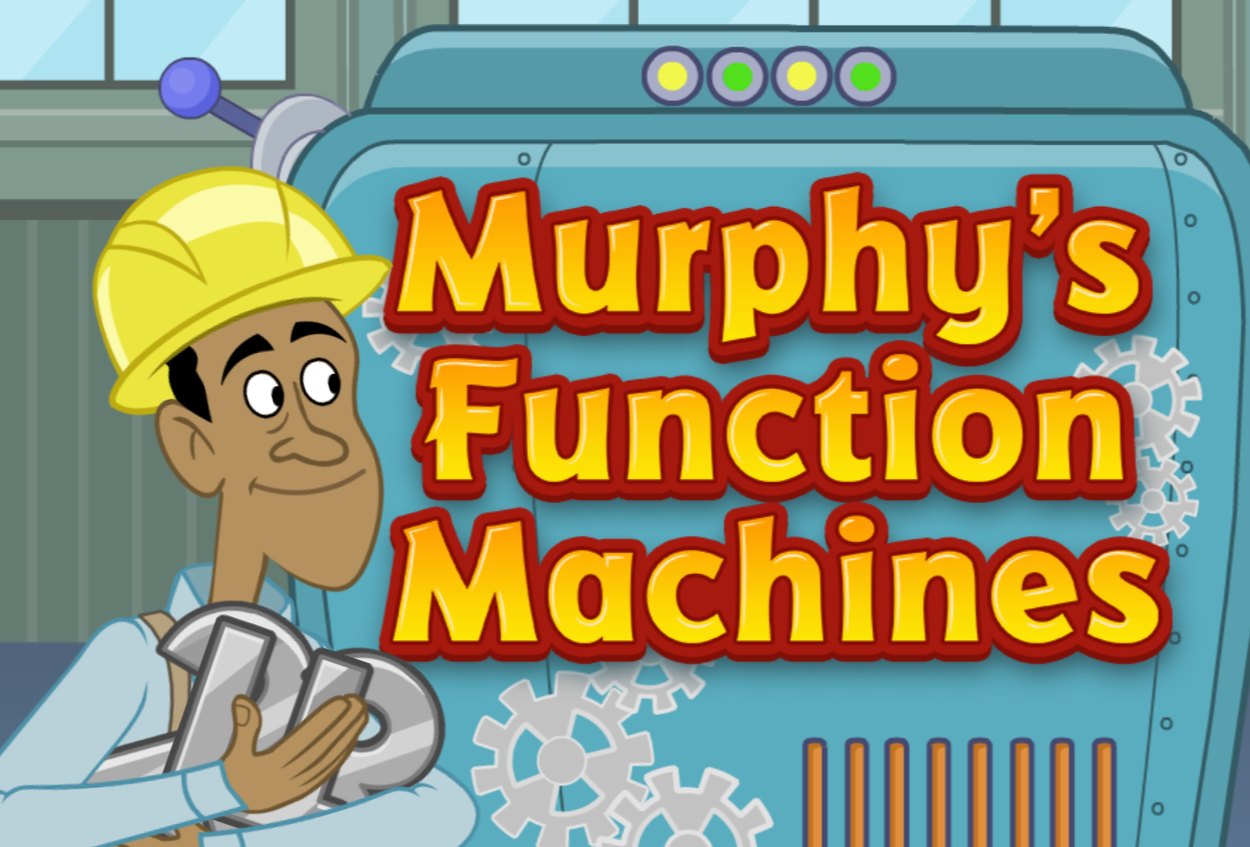
2. Addition and Subtraction Games with Objects:
Use objects like toy cars or building blocks to create simple addition and subtraction problems. For example, if you have ten blocks and add seven more, how many do you have now?
See our list of 35 Hands on Math Activities for First Graders Here!
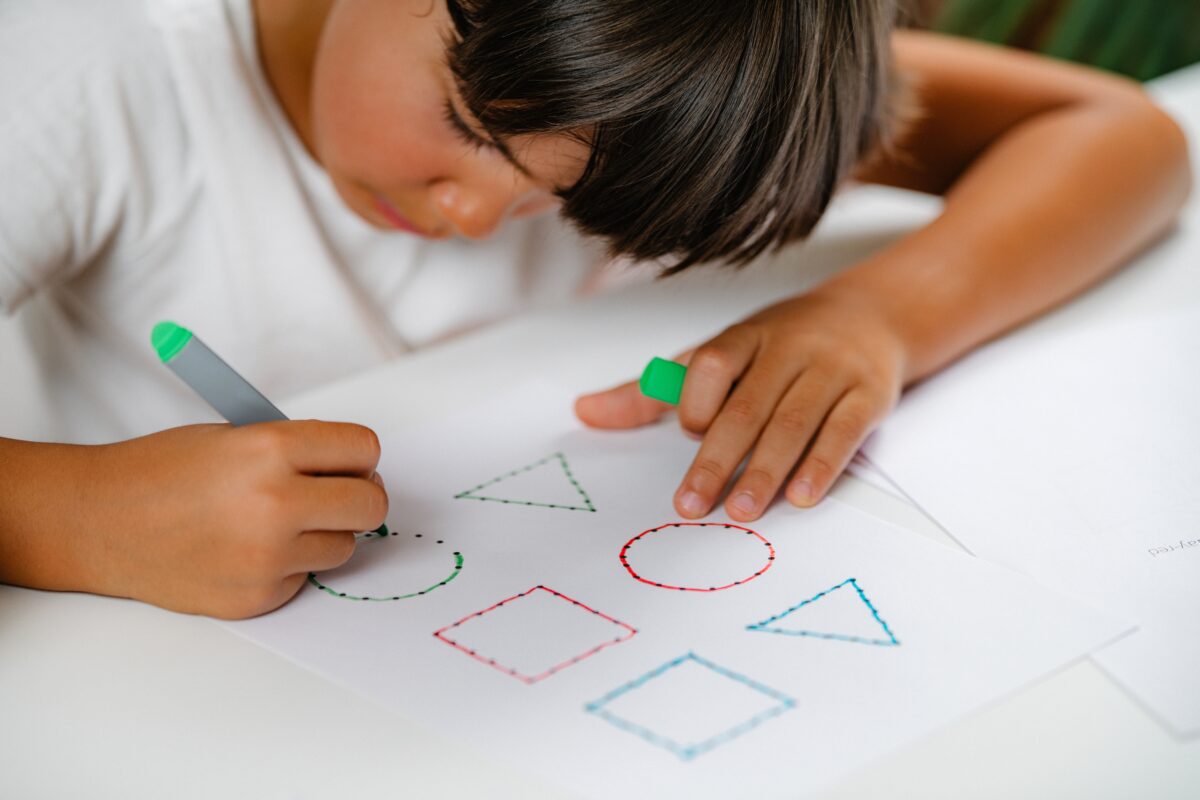
4. Fraction Activities with Objects:
Use objects like pizza or fruit to introduce the concept of fractions. For example, if you cut an apple into four pieces, each piece is one-fourth of the whole apple.
5. Clock Reading Exercises:
Introduce a toy clock or a real analog clock and explain the concept of hours and minutes.
You can also relate specific times to their daily activities like 7 o’clock is breakfast time, 12 o’clock is lunchtime, and so on.
Check out these Free Printable Time Telling Worksheets from ABCmouse

6. Additional Hands-On Math Activities for Your 1st Grader:
Explore more engaging hands on math activity ideas for first graders! From number chart puzzles and domino addition tracks to subtraction with playdough and time-telling games. Engage young learners in practical math learning at home.
If you have a first grader who is struggling with math this article can help.
The Role of Everyday Experiences in Learning Math
Everyday experiences provide rich opportunities for learning math.
Whether it’s counting the number of plates while setting the table, identifying shapes in a playground, or understanding the sequence of their daily routine, these experiences allow children to see the relevance of math in their lives.
For instance:
- A trip to the grocery store can turn into a lesson on addition and subtraction as your child helps you add items to the cart and subtract them at checkout.
- Cooking together can introduce concepts of measurement and fractions as they measure ingredients.
- Even a simple walk in the park can be a chance to explore shapes and patterns in nature.
These real-world experiences make learning more fun and engaging and help your child understand how math is applied in everyday life. It shows them that math isn’t just a subject in school but a tool that helps us navigate the world around us.
As your child embarks on their 1st grade year, remember that your role is to guide and support them, making their learning journey enjoyable and meaningful.
As your child enters their first-grade year, remember that your role is to guide their learning journey into an exciting adventure. By weaving math concepts into everyday activities and play, you’re not just teaching them about numbers and shapes but also nurturing their problem-solving skills and logical thinking. So, let’s make this year a memorable journey of learning and discovery, turning every day into a new opportunity for your first-grader to explore!
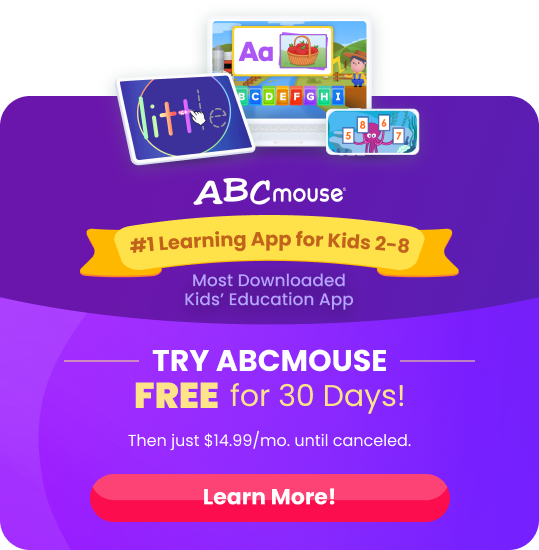
ABCmouse’s expert advice review process:
Our team of ABCmouse Curriculum Experts, made up of talented professionals in early childhood education and development, take a close look at educational content and learning claims. They put in the effort to make sure our information is accurate and current. We have a certified educator or another respected authority review the content, matching their expertise with the topic at hand. They’ll make sure the content is thorough and follows the latest research and educational guidelines. If they think we can make things even better, they’ll chat with our editorial team, and we’ll make those improvements right away. Only after a reviewer gives their thumbs-up does a piece of content get the official stamp of approval in the byline.


